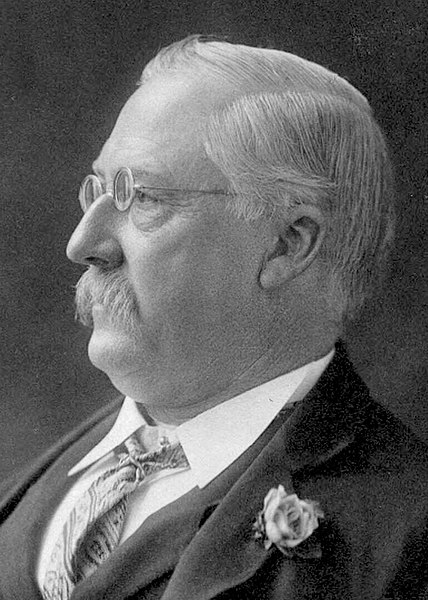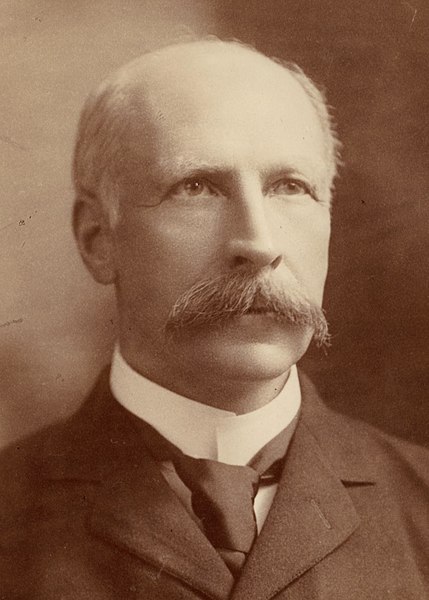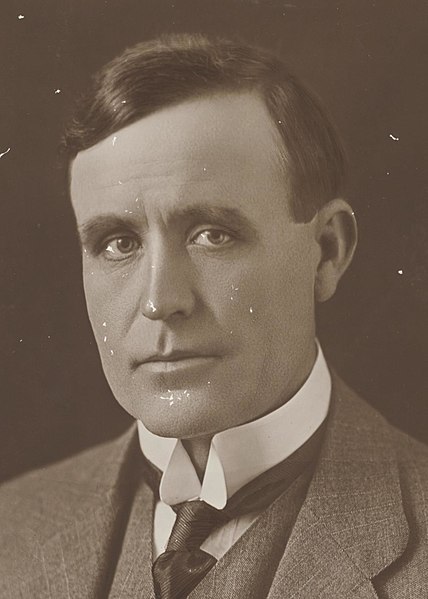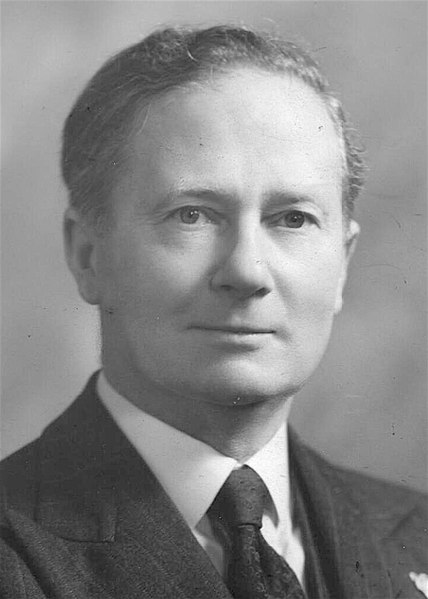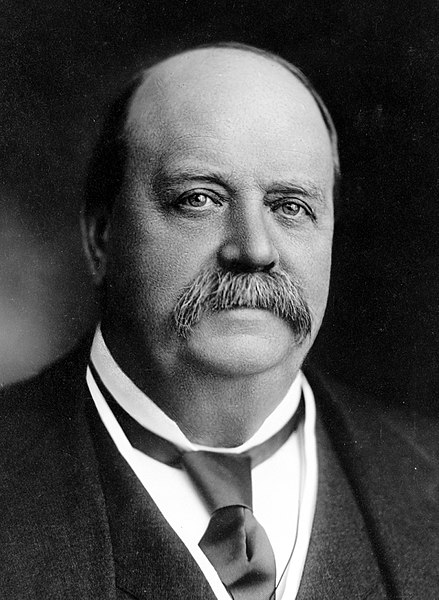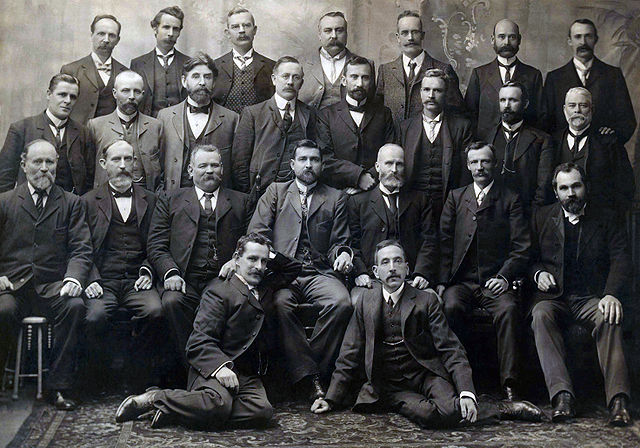The Division of Balaclava was an Australian electoral division in the state of Victoria. The division was proclaimed in 1900, and was one of the original 65 divisions to be contested at the first federal election. It was named for the suburb of Balaclava, which in turn was named for a battlefield of the Crimean War. It was based in the wealthy inner southern suburbs of Melbourne, including Brighton and Sandringham. It was always a safe seat for the conservative parties, being held successively by Protectionist Party, Nationalist Party, United Australia Party and Liberal Party members. It was abolished and replaced by the Division of Goldstein in 1984.
Image: Georgeturner
Image: Portrait of Agar Wynne (cropped)
Image: William Watt (cropped)
Image: Thomas Walter White
1901 Australian federal election
The 1901 Australian federal election for the inaugural Parliament of Australia was held in Australia on Friday 29 March and Saturday 30 March 1901. The elections followed Federation and the establishment of the Commonwealth of Australia on 1 January 1901. All 75 seats in the Australian House of Representatives, six of which were uncontested, as well as all 36 seats in the Australian Senate, were up for election.
1901 Australian federal election
Chris Watson, first federal Labour Party leader as of two months after the election, and would later be Prime Minister in 1904.
Group photograph of all Federal Labour Party MPs elected at the inaugural 1901 election, including Chris Watson, Andrew Fisher, Billy Hughes, and Frank Tudor
Edmund Barton is seated second from the left, surrounded by the Federal Executive Council, comprising his Cabinet ministers and the Governor-General, Lord Tennyson. Standing at the rear, left to right are James Drake, Senator Richard O'Connor, Sir Philip Fysh, Charles Kingston, and Sir John Forrest. Seated at the front, left to right are Sir William Lyne, Edmund Barton, Lord Tennyson, Alfred Deakin, and Sir George Turner.

